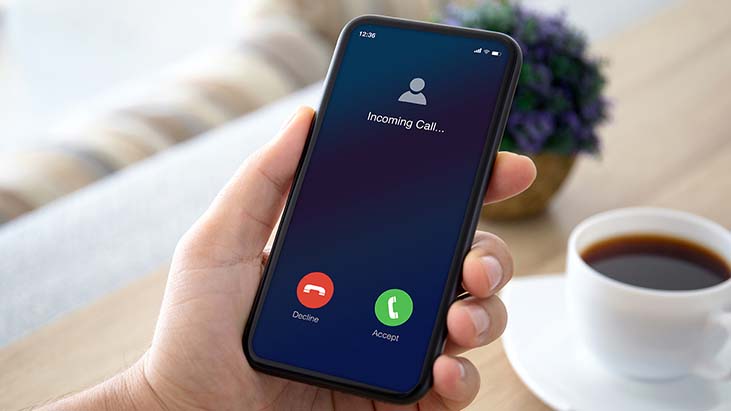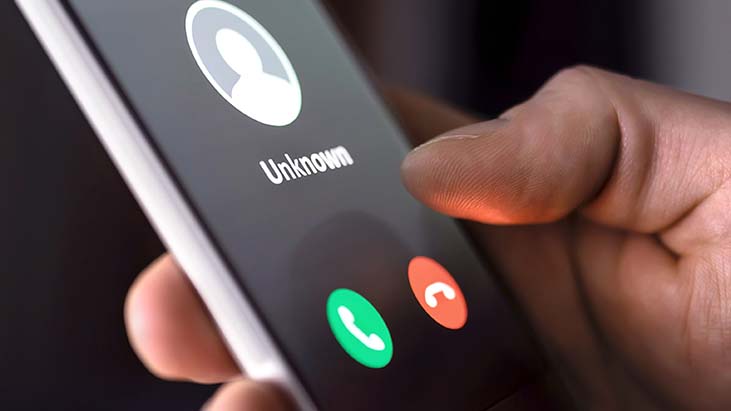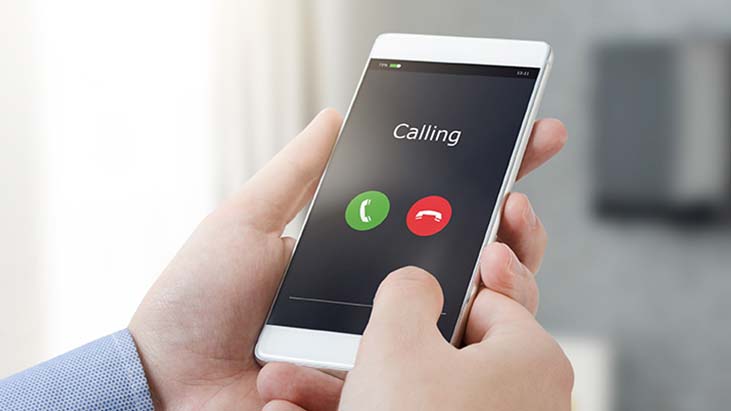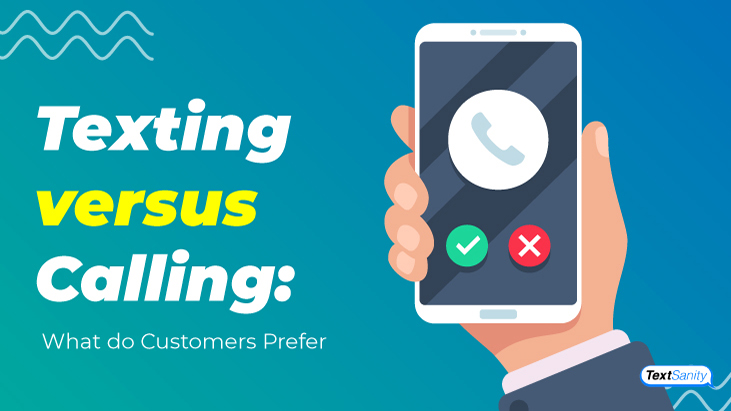Texting versus Calling: What Customers Prefer
“Paper or plastic?” “Window or aisle?” “Cash or card?” Customers make many daily decisions based on preferences. Now, customers can choose how businesses will communicate with them. Calling and texting are two of the options available to customers.

Companies need to allocate marketing budgets according to what customers prefer. As you decide which method is right for your business, examine the advantages and disadvantages of each.
![]()
What are the advantages and disadvantages of calling?
There are advantages and disadvantages to calling customers versus texting them.

The advantages of calling
One advantage to making a phone call is that it reduces miscommunication. When someone needs to deliver a message clearly, it’s often best to do it in person. However, the second-best option is over the phone.
It’s harder to misinterpret someone’s intentions when you hear their inflection and tone. Both impact how a message is received.
The disadvantages of calling
Phone calls are disruptive. You have no idea what the other person on the phone is doing. You may inadvertently interrupt them.
Some people find phone calls stressful. Examine your feelings about answering phone calls. Many people experience social anxiety when faced with a phone call. Text messages keep this phobia at bay.
Phone calls are also time-consuming. Ensuring you don’t end a conversation abruptly is important. It’s rude to hang up without closing the conversation. However, we’ve all been on a call that seemed to go on forever.
Consumers often feel trapped in a call with a salesperson. The phone call is traditionally one-sided. Callers feel annoyed or pressured on the phone.

What are the advantages and disadvantages of texting?
There are advantages and disadvantages to texting customers versus calling them.

The advantages of texting
Text messages are more likely to be read because they have a higher response rate than phone calls, emails, or direct messages through social media.
Text messages are convenient, quick, and easy for customers and businesses.
When it comes to texting customers, customers begin the conversations themselves with a text message keyword. Once engaged, the keyword conversation asks their consent to receive further messages. Customers like text messages because they initiate the conversation.
With mass text messaging, you reach thousands of customers simultaneously. You can’t do that with a phone call!
The disadvantages of texting
Text messages are short and to the point. Typically less than 160 characters. If you have more to say, calling is probably best.
Text messages don’t carry the same inflection and tone queues that calling does. Thankfully though, the use of emojis greatly reduces any miscommunication.
Additionally, text messages are an informal communication method. If conveying a sensitive message, calling is best.

Why customers prefer texting over calling
Text messaging is convenient for both parties. They’re quick, easy, and effective. Here are a few reasons customers prefer a text over a phone call.

It’s more accessible
A text message reaches customers anywhere, anytime. They read and respond at their leisure. It doesn’t matter what they are doing or where they are.
If you call at the wrong time, a customer may not pick up or worse, become upset. A text message arrives precisely when you want it to. However, even if it arrives at an inconvenient time, the customer doesn’t need to act right away.
It’s less intrusive
Text messages are less intrusive. They don’t insist upon themselves. Ringtones and even a phone vibrating, can be loud and intrusive. Definitely distracting while in the middle of a meeting or an important conversation.
Text message alerts are usually much quicker and less intrusive. If you’re watching your favorite show, you don’t have to look away. A phone call completely interrupts the moment. Plus, if you can’t get off the phone quickly, it disrupts the mood too.
It’s less stressful
Taking or making a call can be nerve-wracking. You have to be ready for anything the other person might say or ask. It’s important to keep the conversation flowing, but you also have to be respectful of the other person’s time.
With a text message, you can be concise. The other person replies when and if it’s convenient. Customers don’t feel pressured. The text message and the information are right there. If they find the information useful or valuable, they act on it. If not, they don’t have to work to end the conversation.
Text messages arrive within seconds, but they don’t come with the same sense of urgency. You can read it in a minute. So, if they do interrupt, it’s not as disruptive.
It takes less time
Text messages are a quick form of communication. They typically arrive within seconds and are easy to create. With TextSanity, scheduling messages in advance engages customers at the right time.
Additionally, automated responses are simple to set up. Never miss responding to a message. Automatic responses save time while still catering to the customer’s needs.
![]()
How to set up texting for my business?
To set up text messaging for your business, use a service like TextSanity. Set up a text message keyword campaign to get started. Once customers are opted-in, send mass text messages to them. It doesn’t matter whether you’re a small startup or large corporation.

Use text messages as part of your overall marketing strategy. And remember to give customers their preferred communication method.
![]()
Summary
Whether you decide to text or call customers, it’s up to you. However, text messages are a popular, inexpensive option. Quickly distributing information and reaching people promptly without seeming intrusive goes a long way.
With the right approach and text messaging system, reaching customers and gaining new ones is easy. Customers prefer text over phone calls for many reasons. When you see how easy it is, you’ll be sold on it to.


